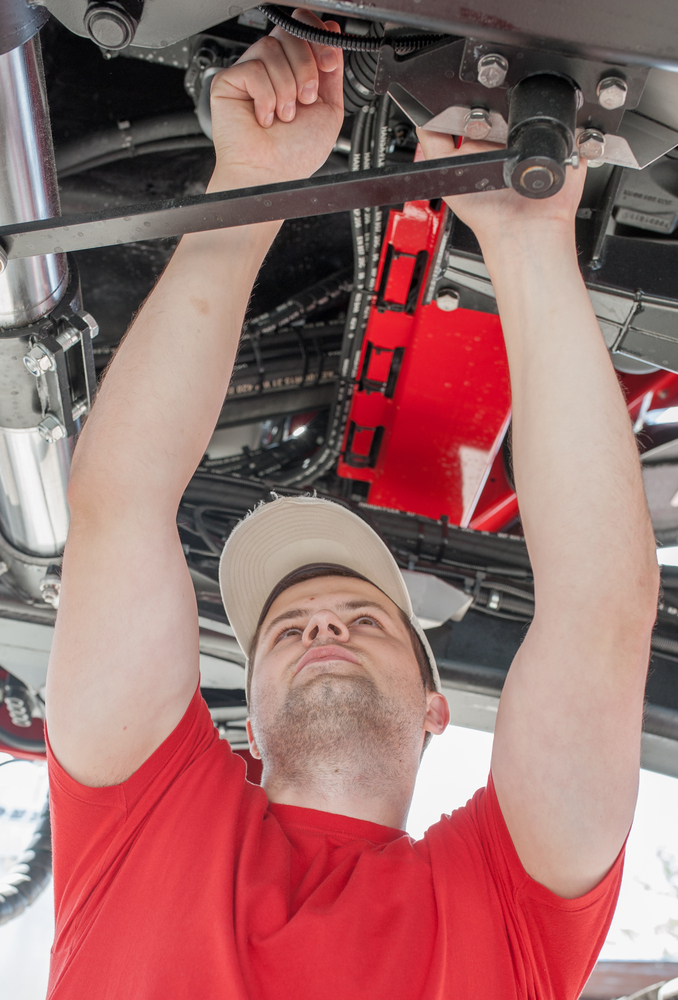Cartier is service manager at McGrail Farm Equipment in Chatham, Ontario, and he suggests farmers’ winter checklists start with the basics -- think “batteries, fuel, and oil.”

Your Battery
If your tractor is sitting much of the winter, then you need to start it up at least once a month. Or better yet, every 20 days. Otherwise you’re just asking for trouble, and maybe encountering a dead battery at the beginning of spring work.
“With all the electronics on newer tractors, you have to be careful to not drain your battery,” warns Cartier. “Computers and monitors -- they all will drain your battery slowly, and once the battery is drained down, it freezes, and then it often cannot be revived.”
“GPS components (your position receiver and your display) should be removed and stored in a warm area.”
Cartier advises that you keep your battery at least above 9.3 volts at all times.
If you’re not going to be running your tractor over the winter, disconnect your ground cables. “Or you can install a shutoff.”
Engine Oil
Cartier has been servicing farm machinery since 1969, and he’s seen some common maintenance mistakes made year after year.
“Farmers will still sometimes put their tractor away in winter without changing out their old engine oil,” he says. “They assume the time to change their oil is in the spring, but that’s the opposite of what they should be doing.”
Change your oil now. Don’t wait until spring. Over winter, the sediments in your oil will harden and collect in your engine, and will never be completely flushed out.
Fuel
Be sure to add a good conditioner to your diesel fuel, and “don’t just only use one of the standard or basic conditioners that are available. Over and above, you can invest in a quality conditioner; Deere sells one made by Stanadyne, which is good.”
Cartier says you can add the conditioner directly to the tank, according to the recommended measurements.
A couple shot-glasses of diesel-fuel conditioner is a great example of a simple maintenance task that will pay off when the snow melts and the tractor is ready to roll.
Bonus Tip: “Keep on top of your coolant condition and strength.” You want to ensure it’s good for the dropping temperatures through January and February.